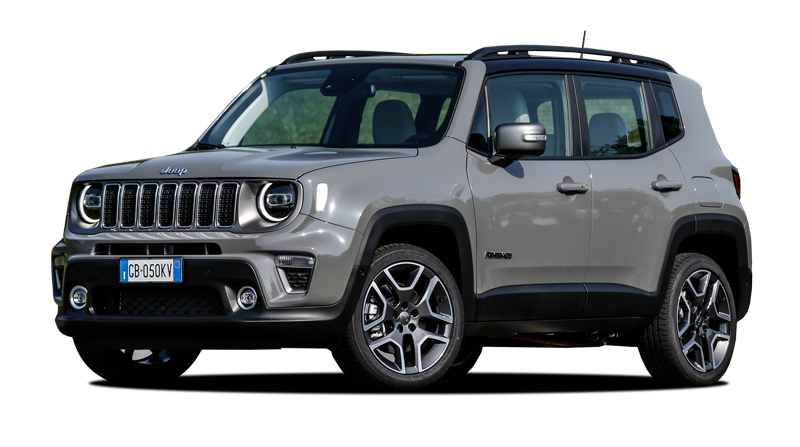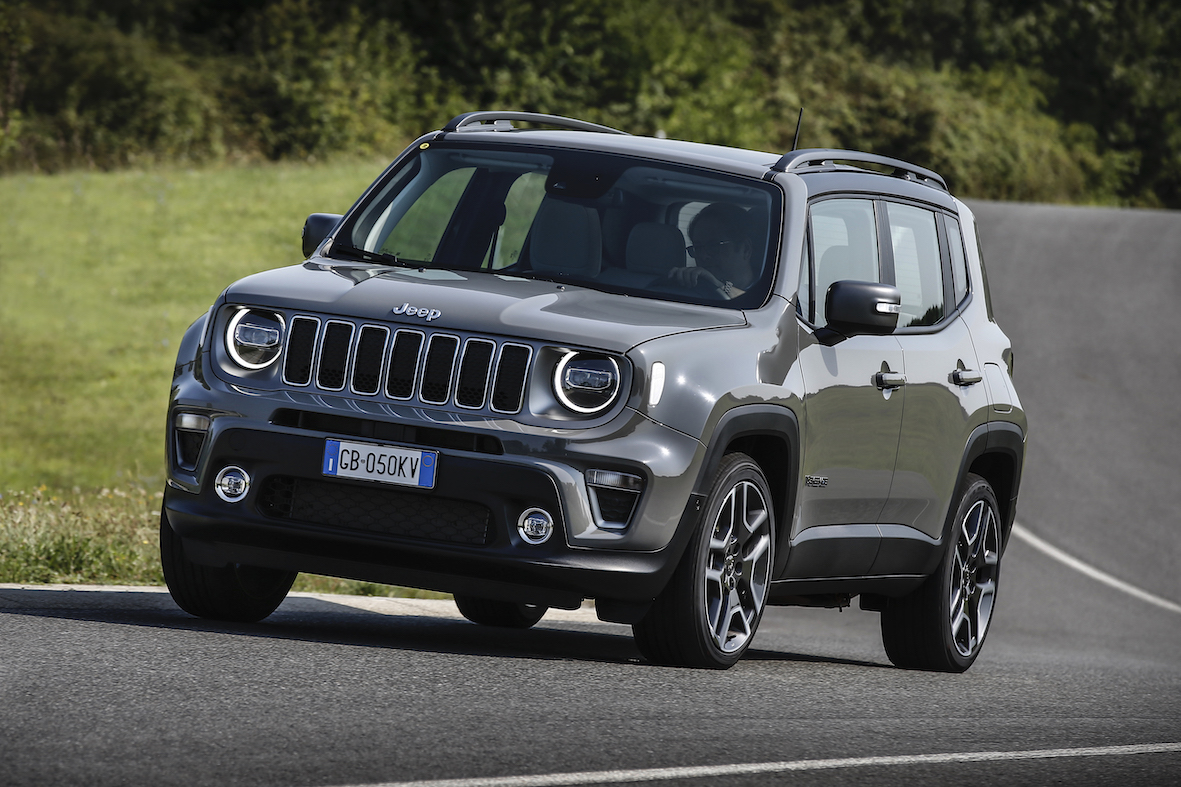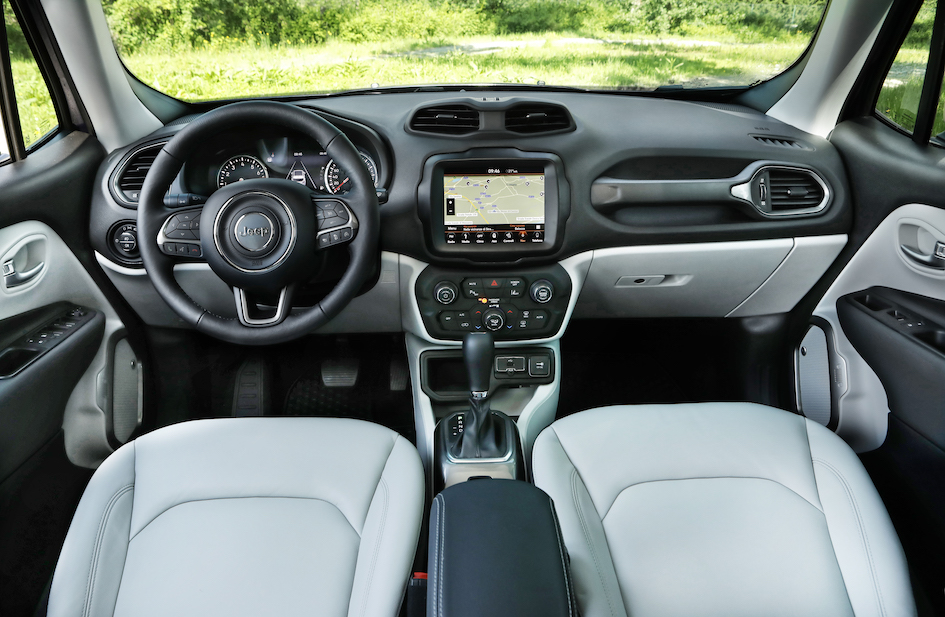Performance
With that 58bhp electric motor on the back axle, the 4xe is noticeably quicker than a normal Renegade 1.3-litre petrol, and even when you’re in Electric mode the motor has enough power to race the 4xe up to its EV-only top speed of 81mph. But while the 4xe is obviously sprightlier than a regular Renegade petrol, it doesn’t mean it’s refined. Accelerate onto a motorway from a slip road or attack a country road and the petrol engine wails away, with the six-speed automatic gearbox slurring through the gears – pleasant, it isn’t. You can improve things if you go for the 237bhp version which doesn’t sound quite so strained and coarse, but only the top-spec, off-roady Trailhawk version gets that engine and the near £4,000 price difference isn’t worth it.
Drive
To account for the hybrid’s extra weight (it’s 200kg heavier than a normal petrol Renegade), Jeep has softened the ride on the 4xe and it’s a huge improvement. The 4xe glides over most potholes and it has a more plush feel than other Renegades. That does result in more body lean when cornering, which when you factor in the numb, lifeless steering, wailing petrol engine and slightly sluggish gearbox, means the Renegade isn’t a particular fun car to drive quickly on country roads. Elsewhere though, the Renegade impresses – it’s smooth, quiet and comfortable around town and with its sophisticated four-wheel drive it’s streets ahead of its rivals when it comes to tackling slippery or severe off-road tracks. Like most hybrids, the 4xe starts in Electric mode – even if there’s no charge in the battery – and it’s a simple car to drive. There’s a Max Braking button near the gear lever which boosts the brake regeneration, helping to claw back some energy usually lost during braking. We’d recommend leaving this on as the standard level of regeneration is practically non-existent.









.png)
.jpg)






